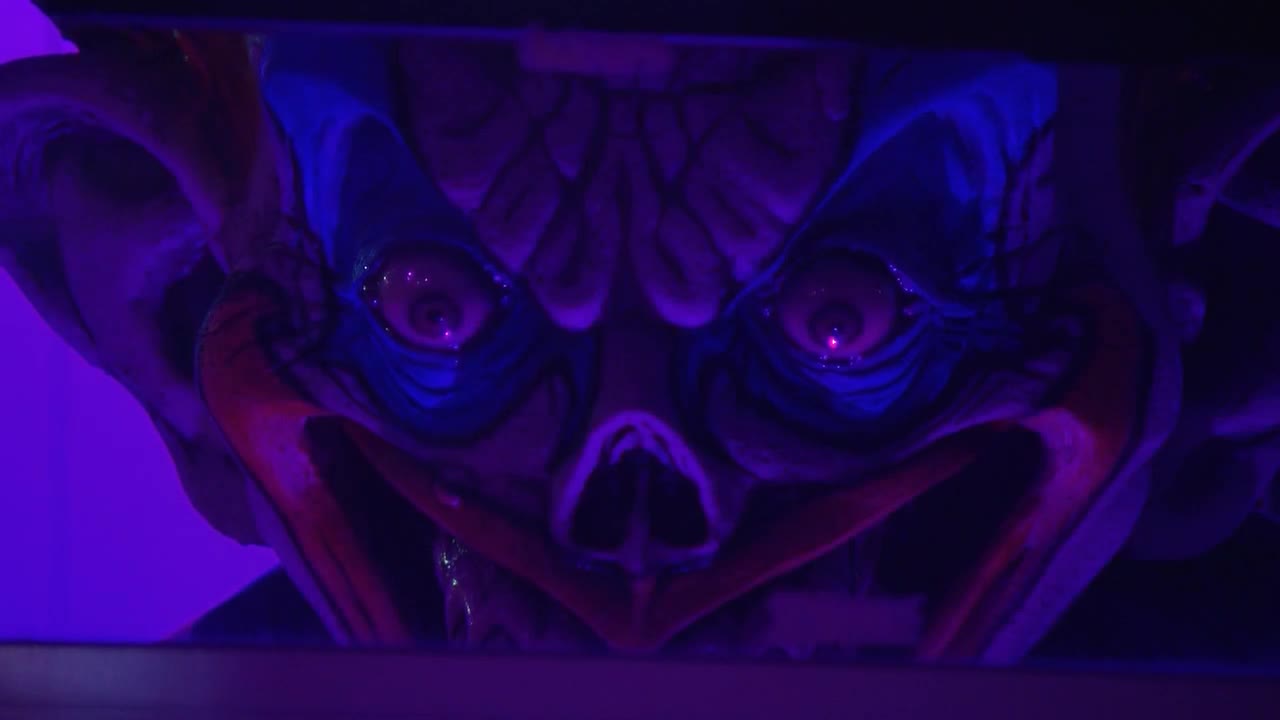DENVER — At Denver’s 13th Floor Haunted House, fear is the main attraction, complete with 90-degree turns, eerie lighting, and plenty of screams.
In a new study, researchers at the University of Colorado Boulder say those same jump scares could actually help unlock new treatments for anxiety and post-traumatic stress disorder.
“There’s nothing like creating this environment where you can scare people and give that escape,” said Bryan Kopp, senior general manager at 13th Floor.
The haunted attraction is carefully engineered to provoke a range of reactions, from startled laughter to full-on screams.
“It’s like getting on a roller coaster,” Kopp said. “You get that heart pumping, and it’s fun.”
For performance manager Dusty Salas, the psychology of fear is part of the art form.
“We want to kind of take ourselves out of reality and enter a new realm,” Salas said. “Fear itself is entertainment and fun because it has that adrenaline rush.”
That rush is exactly what Dr. Susanna Molas, an assistant professor in CU Boulder’s Department of Psychology and Neuroscience, and her team have been studying.
This month, Molas released an article exploring "jump scare science". The study examines how the brain responds to fear. Her lab studies the neural circuits behind fear responses and how the brain learns to recognize when something that once seemed dangerous is actually safe.
To study that process, Molas and her team built a “mouse haunted house.” Inside, a shadow passes overhead to mimic the approach of a predator while scientists monitor brain activity. They discovered a small but important brain region called the interpeduncular nucleus (IPN), which lights up when the brain senses danger but quiets down when the subject determines that nothing bad will happen.
“We learned that after repeated exposure, when nothing bad happens, those defensive reactions fade away over time,” Molas said.
For people with anxiety or PTSD, however, that same circuit may stay “stuck on,” keeping them in a heightened state of fear even after the threat is gone.
- Read the full study below
By mapping how this circuitry works, Molas believes researchers could eventually help develop more targeted treatments.
“That might help develop therapies for anxiety or PTSD because then you might avoid more secondary effects or generalized effects in other regions,” Molas said.
Back at the haunted house, that balance between fear and fun continues to draw crowds. For some, it’s all about the thrill.
“It just gave you the survival instinct,” said visitor Helena Droeder. “You can’t find that feeling anywhere else.”
For others, the attraction offers a safe space to confront what scares them and maybe even understand a little more about how the brain works when it does.





